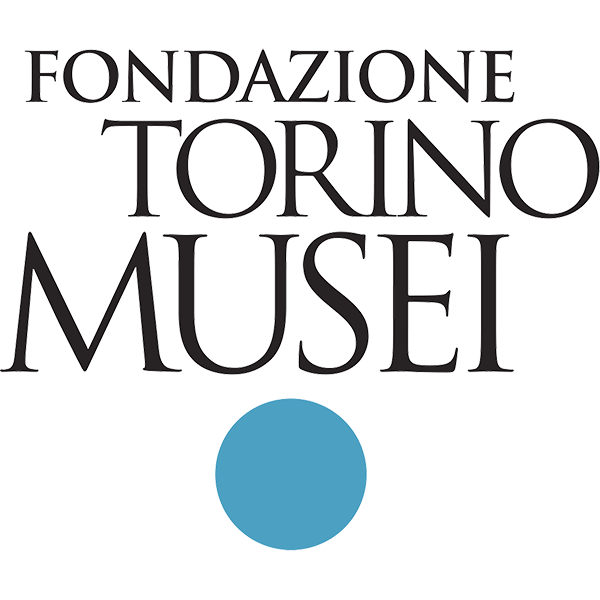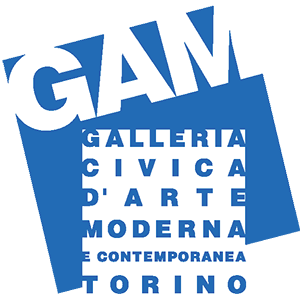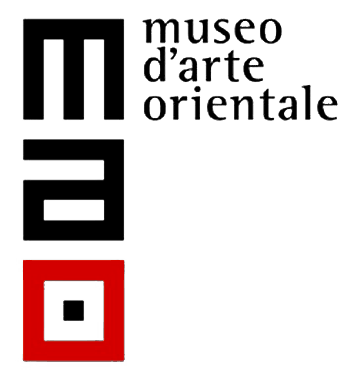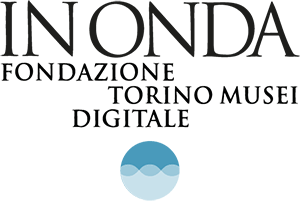THE MACCHIAIOLI
- Exhibition
- 26 October 2018 - 24 March 2019

Curated by: Cristina Acidini, Virginia Bertone
Technical and scientific coordination: Silvestra Bietoletti, Francesca Petrucci
The exhibition focuses on the antecedents, birth and highly successful debut period of Macchiaioli painting, spanning the experimentation of the 1850s and the masterpieces of the 1860s. For the very first time, the GAM in Turin is exploring in depth the artistic dialogue established between Tuscany, Piedmont and Liguria through research from life.
“I Macchiaioli. Arte italiana verso la modernità” (The Macchiaioli. Italian art moves towards modernity) is organized and promoted by Fondazione Torino Musei, GAM Turin and 24 ORE Cultura – Gruppo 24 ORE. The exhibition is curated by Cristina Acidini and Virginia Bertone, with Silvestra Bietoletti and Francesca Petrucci as technical and scientific coordinators, and the collaboration of the Istituto Matteucci di Viareggio. Over 80 works from major Italian museums, institutions and private collections will exhaustively document the history of the movement from its origins to 1870, also through compelling juxtapositions with paintings by coeval artists.
The experimentation conducted by the Macchiaioli was a crucial step in the renewal of figurative languages that became a priority in the mid-19th century. These young artists met up at the Caffè Michelangiolo in Florence, and it was there that they developed the concept of the macchia, or patch. Their bold experiments led to "modern" Italian art, which actually received its first recognition in Turin, at the Promotrice delle Belle Arti in May 1861. After being proclaimed the capital of the Kingdom of Italy that same year, the city experienced an extraordinary period of cultural ferment. Indeed, in 1863 Turin began to build its civic collection of modern art – now the GAM – with the aim of documenting the contemporary art of the time.
The exhibition establishes a telling dialogue between Macchiaioli painting and the prestigious 19th-century collection at the GAM, offering a new opportunity for study. In this respect, special attention is given to Antonio Fontanesi – on the bicentenary of his birth – the Piedmontese artists of the Scuola di Rivara (Carlo Pittara, Ernesto Bertea, Federico Pastoris, Alfredo D’Andrade) and the Ligurians of the Scuola dei Grigi (Serafino De Avendaño, Ernesto Rayper). New and original elements emerge from comparisons with the painting of Cristiano Banti, Giovanni Fattori, Telemaco Signorini and Odoardo Borrani, the leading lights of the all-important period under examination.
THE ITINERARY
The exhibition begins with a description of the Macchiaioli artists' formation to enable visitors to fully appreciate their innovative contribution within the context of art history. Comparisons between works by painters and academic teachers of a Romantic or Purist persuasion, like Giuseppe Bezzuoli, Luigi Mussini, Enrico Pollastrini, Antonio Ciseri and Stefano Ussi, and those of the young Macchiaioli of the future, such as Silvestro Lega, Giovanni Fattori, Cristiano Banti and Odoardo Borrani, clearly reveal that the Macchiaioli received a traditional training which respected the great Renaissance models.
The exhibition also features works chosen for the first Promotrice di Belle Arti exhibition and the first National Exhibition in Florence in 1861. The backdrop is the young Macchiaioli artists' visit to the Exposition Universelle in Paris in 1855, which proved to be a turning point, sparking their interest in the new direct "objective" vision of the arts to the extent that they embraced it. Within this framework, visitors will be able to follow the dialogue that led artists from Piedmont, Liguria and Tuscany to conduct research “from life”. These were years of experimentation in which researches on colour and light carried out en plein air were the common denominator that linked the painters in various groups, especially the Macchiaioli.
We continue by examining the experiments with the Macchia to reinvigorate historical and landscape genres, through works of the 1850s and early 1860s, a period during which the artists, who were also friends, often painted the same subject together from almost the same angle. The aim is to show that they followed a common path and engaged in productive dialogue at a time of radical artistic change and sweeping political and cultural innovations.
Next we explore the figurative choices made by the Macchiaioli from the Unification of Italy to the appointment of Florence as the capital and the milieux in which their artistic language developed. From the lively summers spent on the critic Diego Martelli's estate at Castiglioncello to the more tranquil spring and autumn afternoons at Piagentina, just ouside Florence, where the artists sought refuge from the urban renewal that had intensified in the city after it had become the capital of Unified Italy.
On the last stage of this journey the works are accompanied by two influential publications: Gazzettino delle Arti e del Disegno, published in Florence in 1867, and L'Arte in Italia, founded two years later in Turin, which followed developments in Italian art until 1873. In the Gazzettino delle Arti del Disegno Telemaco Signorini, Martelli and other critics offered their sensitive and insightful interpretations of contemporary European art and intuited a further development in painting that would supplant even the brilliant language of the Macchiaioli, which by then had clearly served its purpose. This commitment on the critics' part would continue in the same vein in the monthly L’arte in Italia, which contributed to the renewal of the Piedmontese art scene through eminent personalities like Giovanni Camerana, one of the most cogent supporters of the researches from life conducted by Fontanesi and by the Scuola di Rivara.
The exhibition offers visitors not only the chance to appreciate absolute masterpieces of Macchiaioli painting, but also to gain a better understanding of their work by stressing the importance of the dialogue that united artists from different parts of Italy through research that aimed for the modern.
USEFUL INFO:
VENUE and DATES: GAM - Galleria Civica d’Arte Moderna e Contemporanea, Via Magenta 31, Turin
26 October 2018 – 24 March 2019
OPENING TIMES: Tuesday to Sunday: 10.00 am – 6.00 pm; closed Monday
The ticket office shuts one hour before the museum
TICKETS: Full price € 13.00 | Reduced price € 11.00
INFO AND BOOKING www.ticketone.it; www.ticket24ore.it
TICKETS | Full price € 13,00 | Reduced price € 11,00
INFO AND BOOKING | www.ticketone.it; e www.ticket24ore.it






